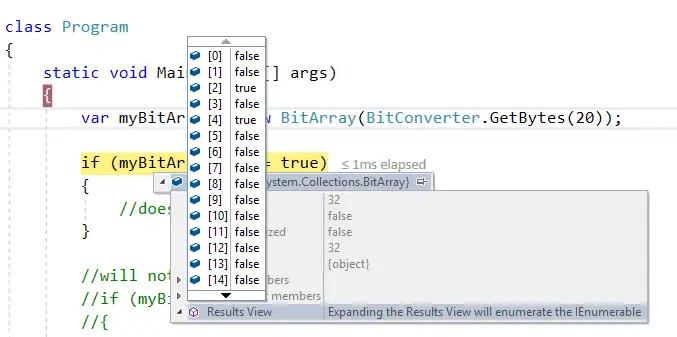Setting Extra Bits In Bool

If I get a Boolean variable and put its second bit at 1, the variable is evaluated as true and false at the same time. Compile the following code with gcc6.3 with the -g option (gcc-v6.3.0 / linux / RHEL6.0-2016-x86_64 / bin / g ++ -g main.cpp -o mytest_d) and run the executable. File off. You get the following.How can one be true and false at the same time?













